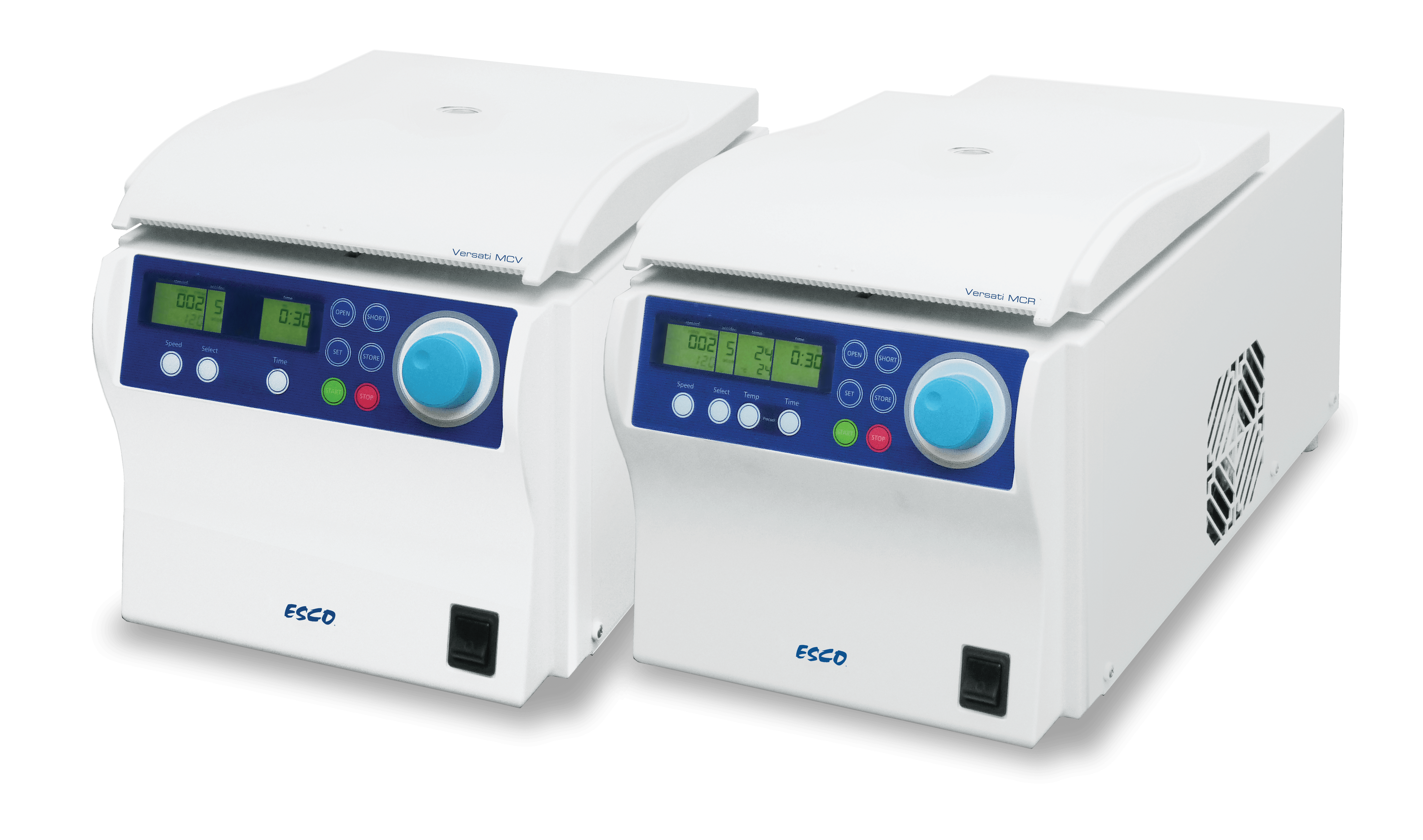Bioaerosols in the Laboratory

Aerosols are generally known as the primary means by which infectious diseases are spread and contracted. It can either be harmful or harmless, solid, or liquid particles suspended in the air. Exposures to bioaerosols in the occupational environment are associated with a wide range of health effects with major public health impacts.
What are Bioaerosols?
Aerosols consisting of particles of any kind of organism which are responsible for the transmission of airborne diseases are called bioaerosols. Droplet nuclei (1–5 μm) can stay airborne for hours, convey over long distances, and contaminate surfaces by falling. Droplets (>5 μm), on the other hand, are proven to contaminate surfaces in a range of 1 meter (3 ft).
Source and Dispersal
Aerosol production can occur if adequate precautions are not taken even when the laboratory equipment is used properly. Procedures like centrifugation, mixing operations, aspiration, and pipetting are the common activities or sources of aerosol production in the lab.

Outcome
There are many documented cases of laboratory-acquired infections (LAIs) worldwide resulting from the production and inhalation of bioaerosols.

Percentage of LAIs per Laboratory Category*
*Laboratory-associated Infections: Summary and Analysis of 3921 Cases. Source: https://www.mdpi.com/1660-4601/15/12/2697/htm
Safe Work Practices for Centrifugation
The initial step in securing lab personnel is understanding aerosols, how they are generated, the risk of working with infectious agents, and utilizing a combination of the appropriate safety equipment and procedures. Lab personnel should learn and strictly follow preventive measures.
Spinning of uncapped samples, or when a tube has a leak, spill, or breakage can cause the aerosols to escape during the high-speed spin process. Lessen this risk in centrifuge operations by observing the following precautions:
- Use plastic centrifuge tubes with aerosol-tight lids/O-ring screw cap and avoid overfilling it.
- Ensure that samples are properly balanced, and the speed setting does not exceed the rotor speed limit.
- Load/unload rotor in a biological safety cabinet.
- Wait for 30 minutes before opening the centrifuge or aerosol tight lid or cap if a tube breaks or leaks to let the aerosols settle.
- Inspect seals regularly for deterioration and decontaminate the inside and outside of the cups or buckets before and after use. Replace as needed.
Read more here: Medical Microbiology, Safety Tips When Using a Centrifuge
References:
[1] Belgian Biosafety Server. (n.d.) Laboratory-Acquired Infections and Bio-Incidents. [online] Retrieved from https://www.biosafety.be/content/laboratory-acquired-infections-and-bio-incidents.
[2] Pike, 1976. Laboratory-associated infections: summary and analysis of 3,921 cases. Hlth. Lab. Sci. 13, 105–114. Retrieved from https://www.mdpi.com/1660-4601/15/12/2697/htm.
[3] UALR. (n.d). Avoiding The Production Of Biological Aerosols - Facilities Management. [online] Retrieved from https://ualr.edu/facilities/home/environmental-health-safety/policies-procedures/laboratory-safeoperatingprocedures/avoiding-production-biological-aerosols/.
[4] Zemouri, C., de Soet, H., Crielaard, W., & Laheij, A. (2017). A scoping review on bio-aerosols in healthcare and the dental environment. PloS one, 12(5), e0178007. https://doi.org/10.1371/journal.pone.0178007
